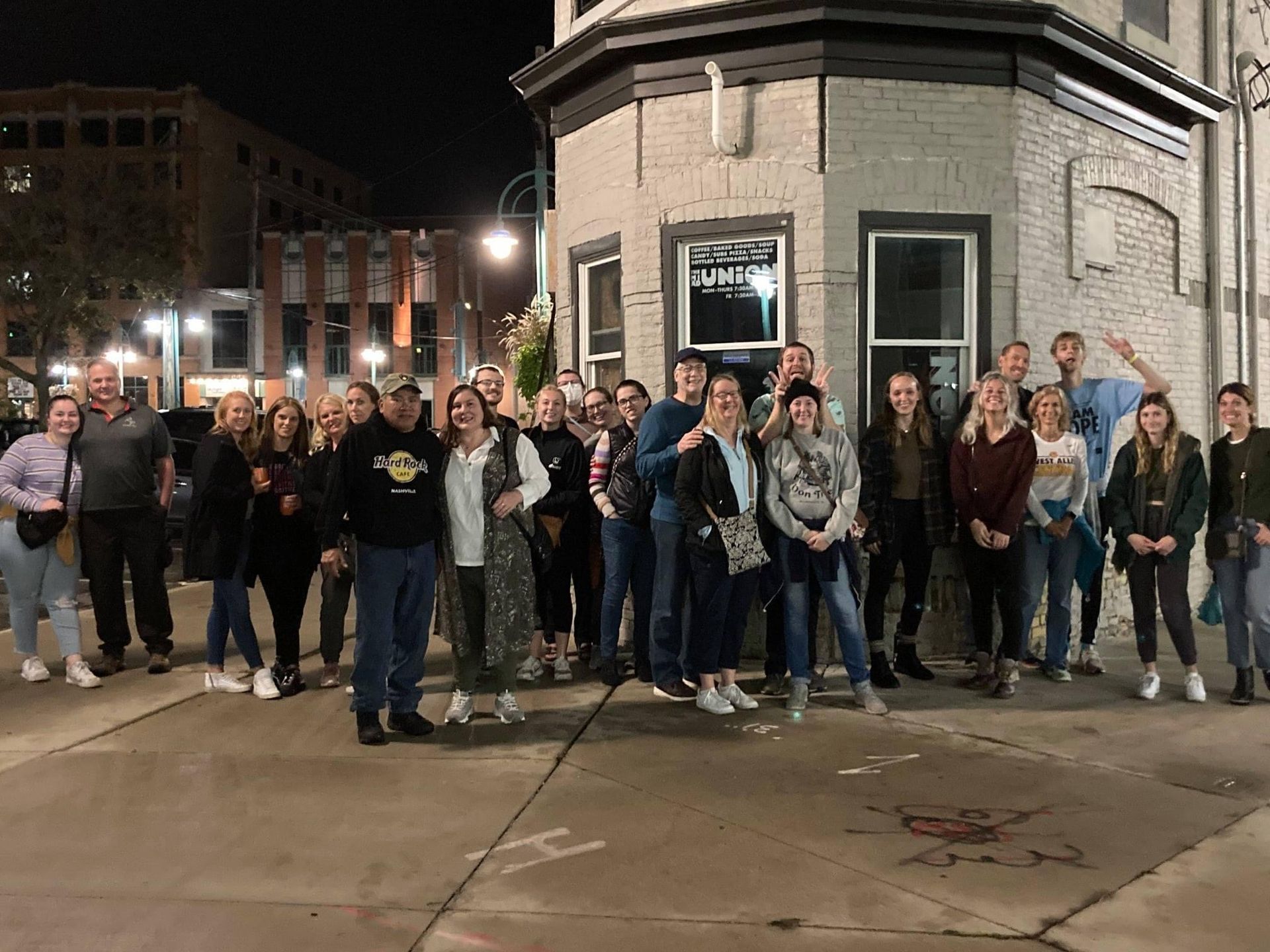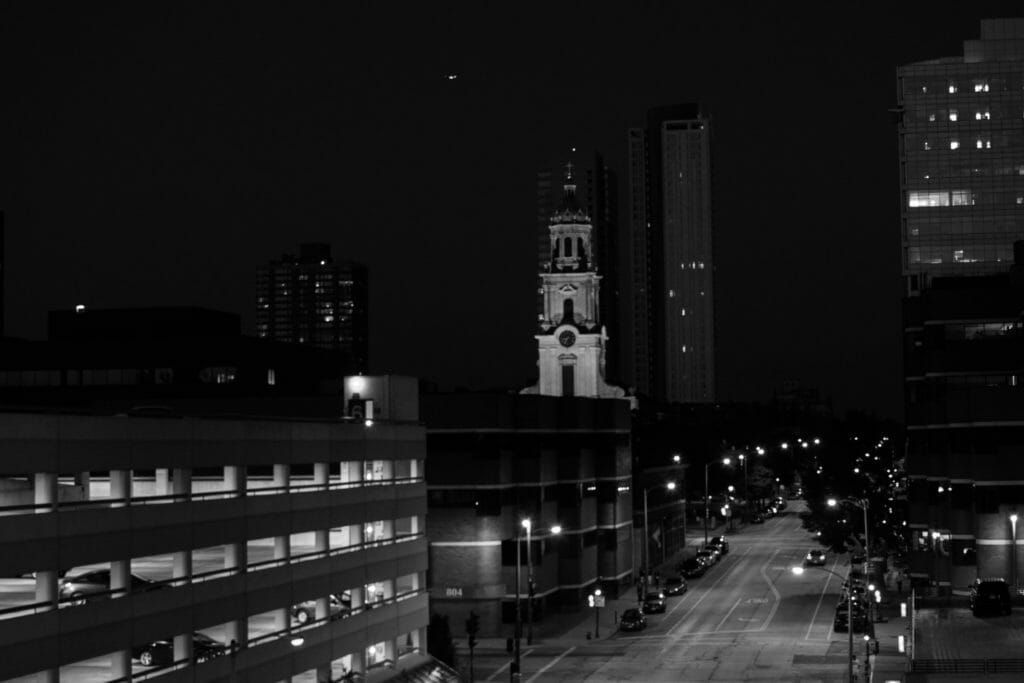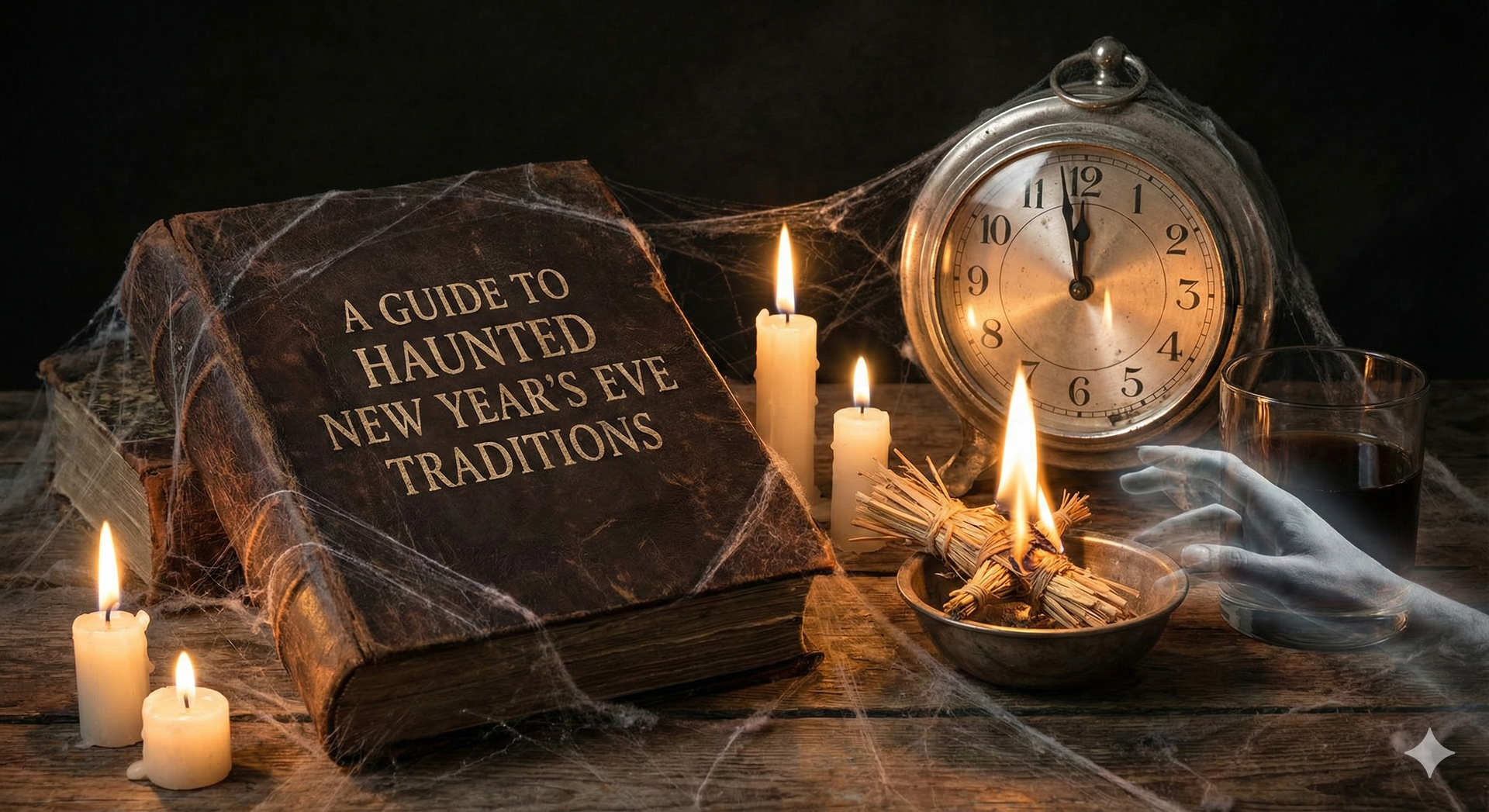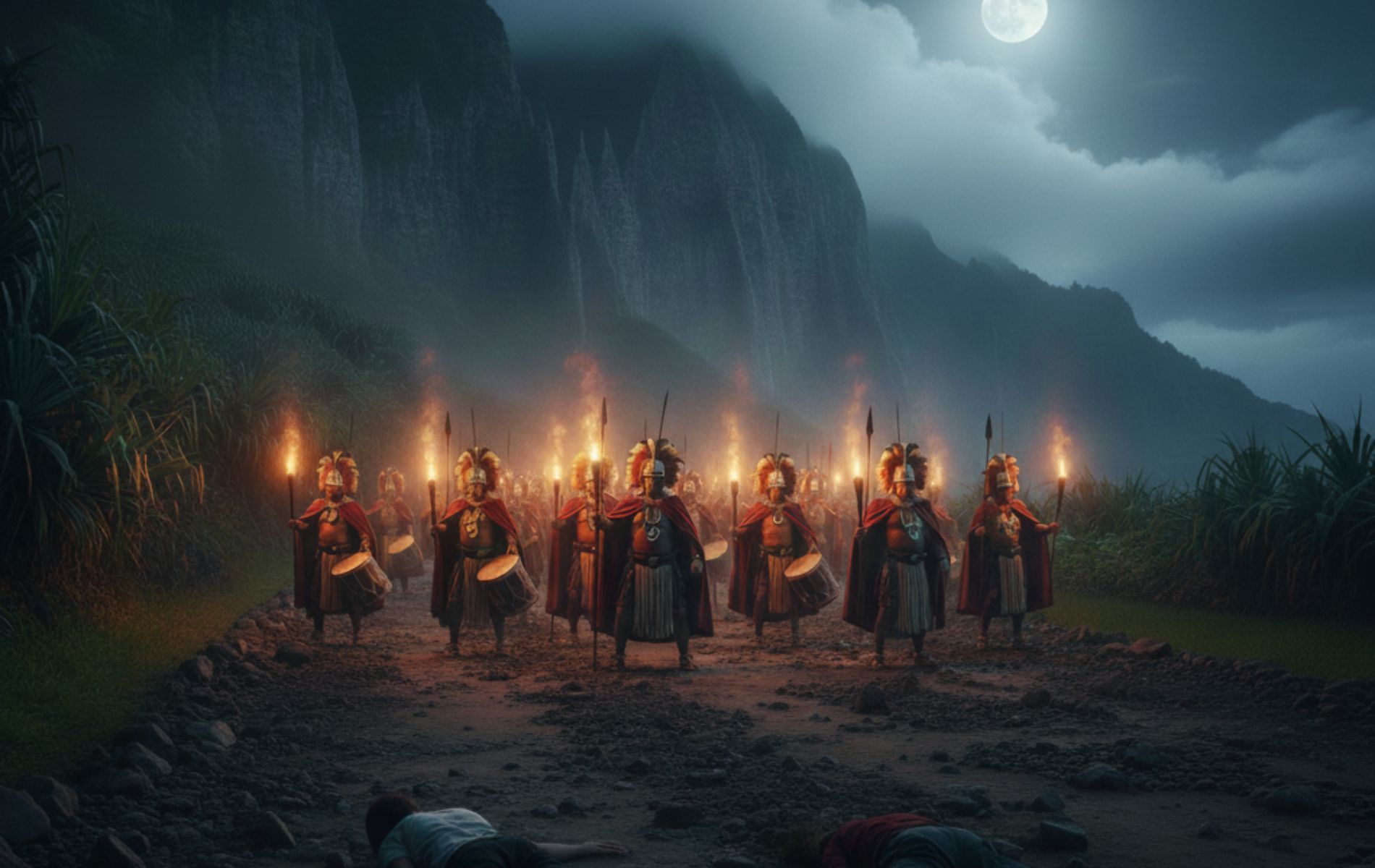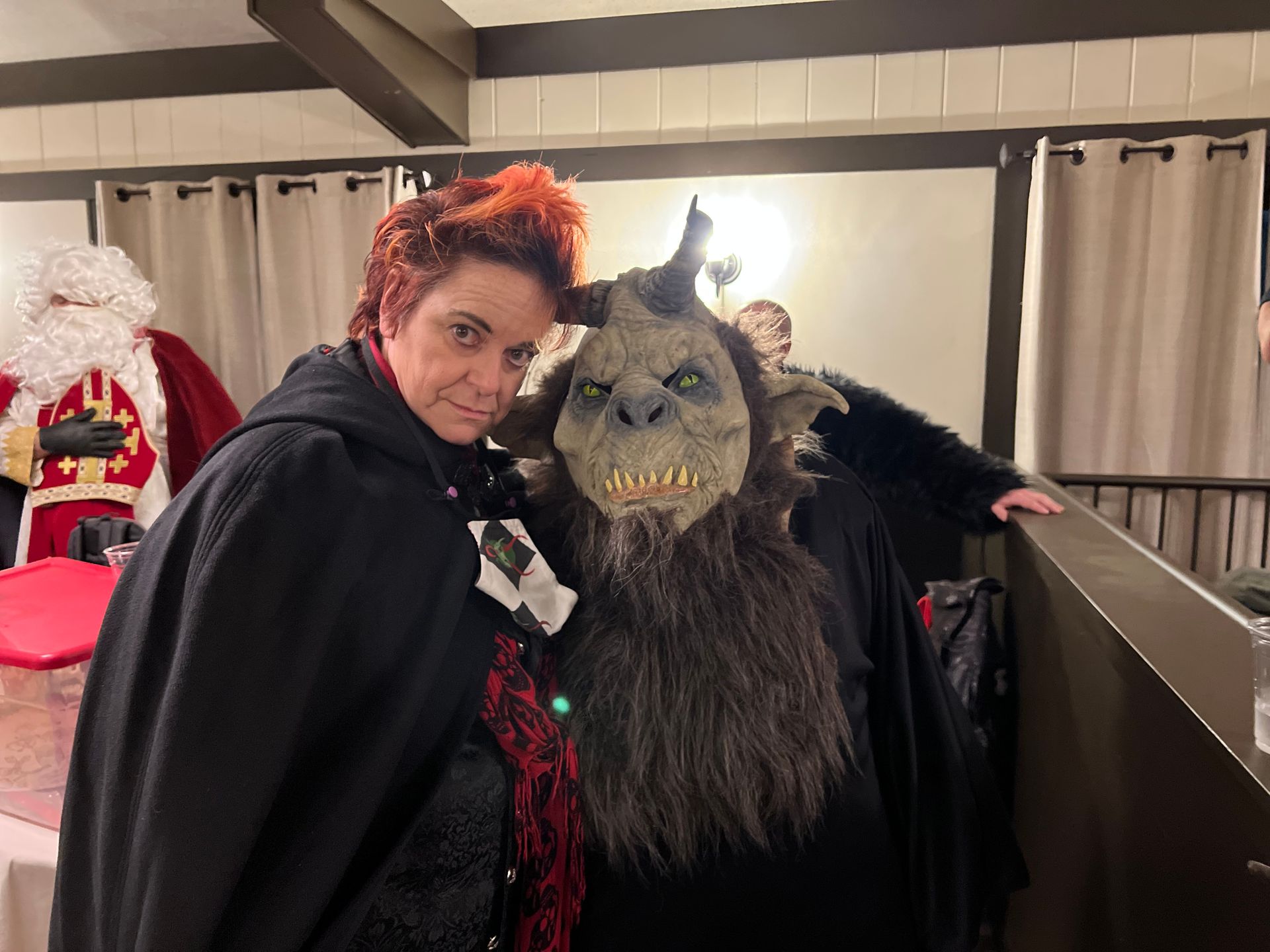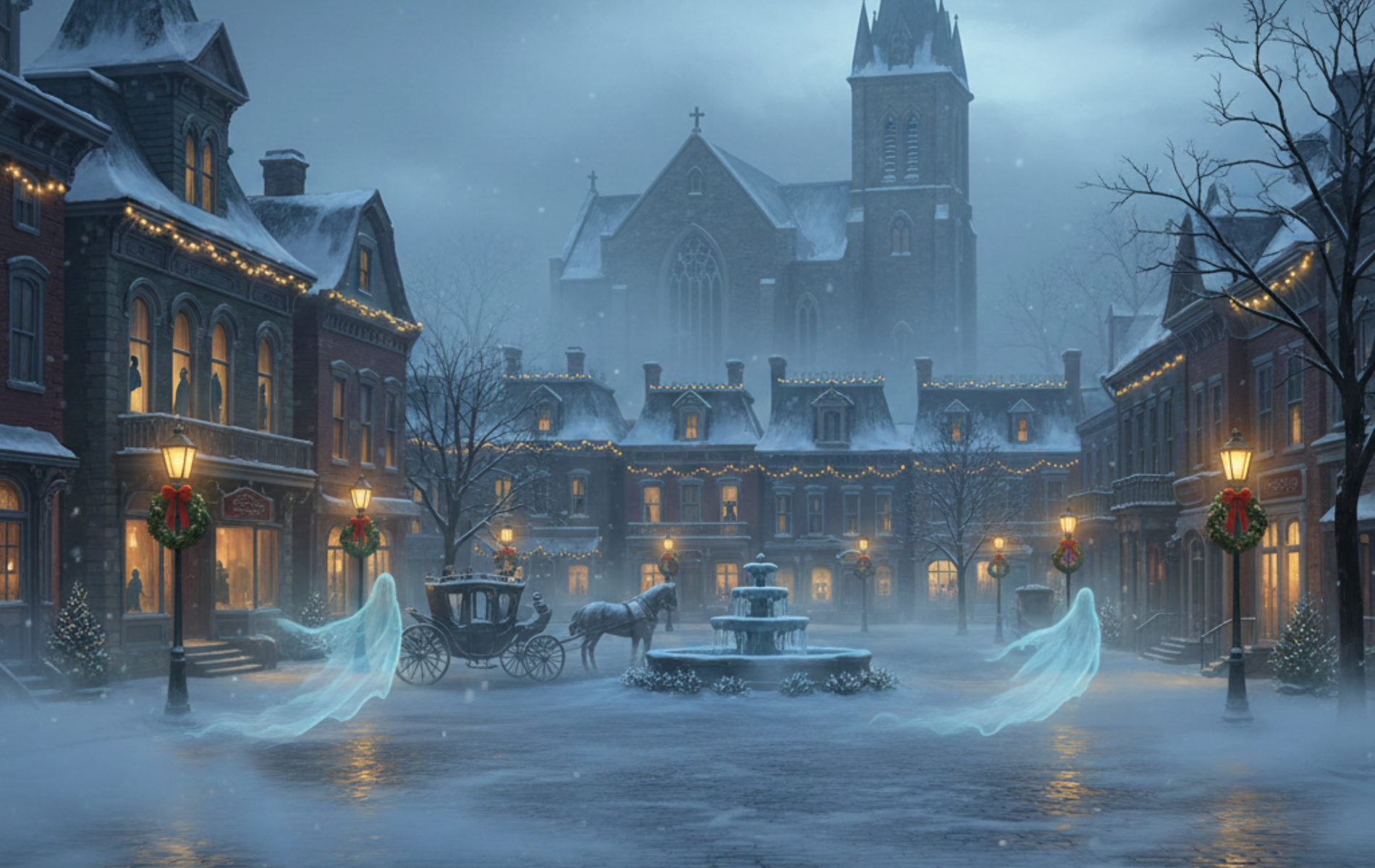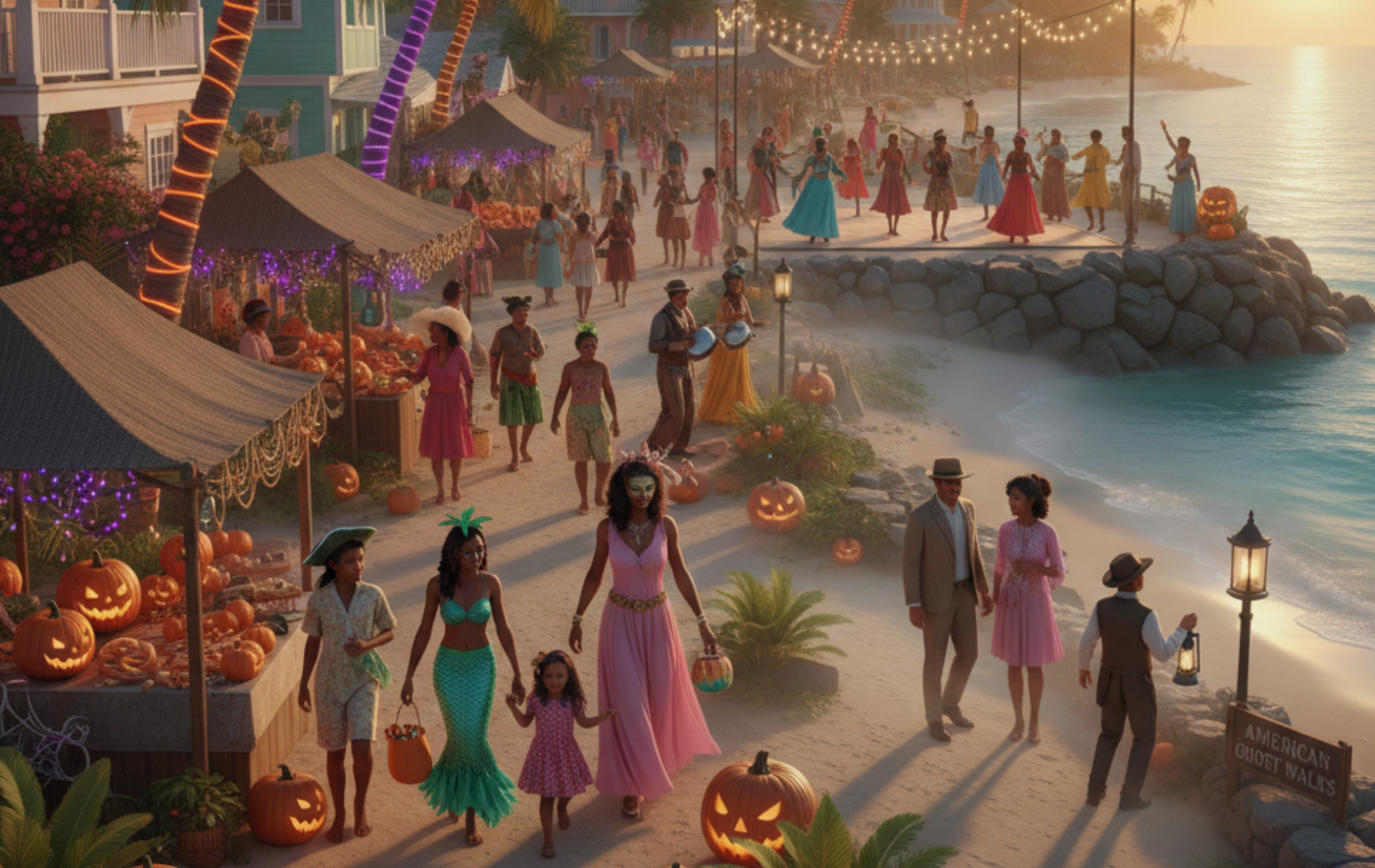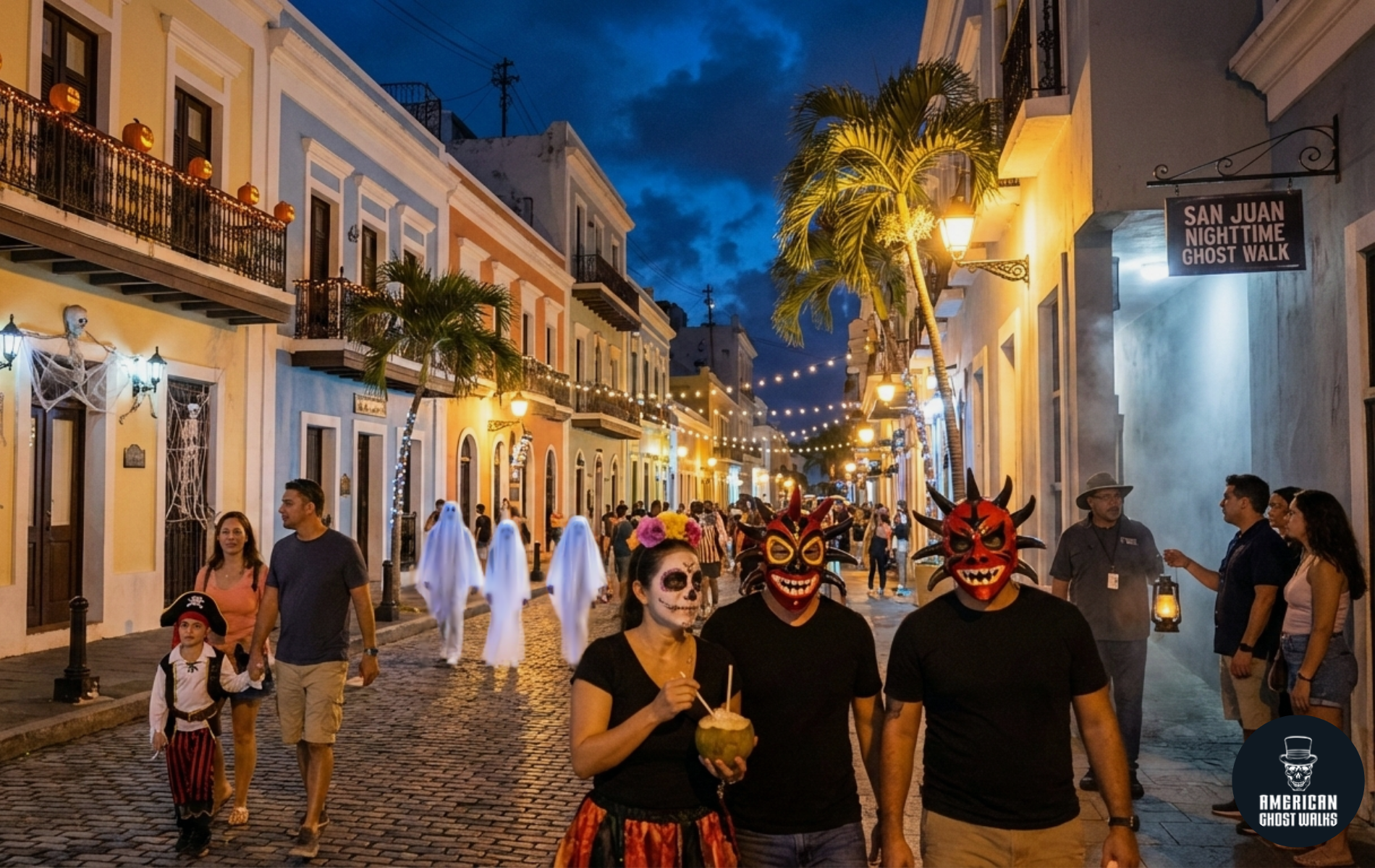The Hauntings of Milwaukee's Deadliest Fire
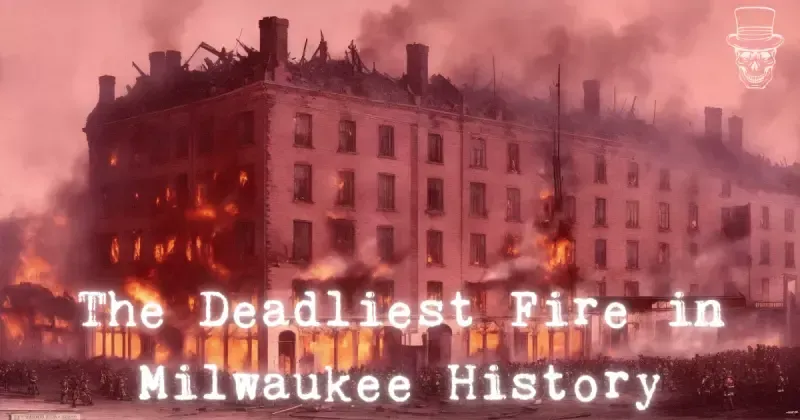
It was back in August 1857 that financier and grain merchant Daniel Newhall completed the construction of Newhall House, and his dream of a grand property Milwaukee could be proud of had been realized.
Newhall’s elegant 6-story building was the talk of the town, and cost $275,000 – a considerable sum by the standards of the day. The ground floor rooms were home to Scheller’s Barroom, the Manufacturer’s Bank, and various insurance and real estate agencies, while the upper floors provided hotel accommodation.
Despite being such a popular prospect, though, Newhall House’s numbers never added up, and no fewer than nine different owners took the property on throughout its troubled 26-year history.
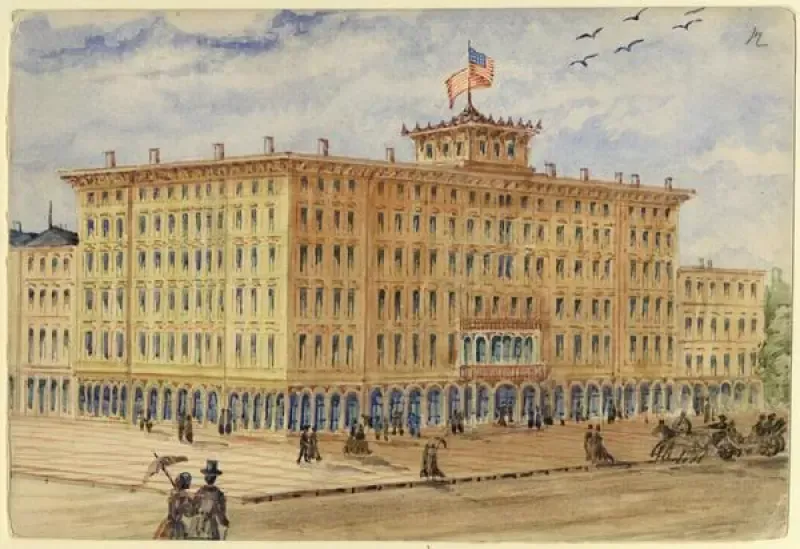
Outbreaks of Fire, Contained
Fire broke out at Newhall House a total of 20 times over its lifetime, with the first on Valentine’s Day 1863 and the last in January 1883 – when under the ownership of esteemed Detroit hotelier John F. Antisdel.
Each time, firefighters managed to contain the flames, but the inferno that eventually claimed the building was overwhelming – bringing about the demise of one of Milwaukee’s finest establishments.
Newhall House Burns to the Ground
At 2am in the morning, January 10, 1883, watchman William McKenzie was doing his regular rounds – securing the building and clearing entranceways of the tramps huddling for warmth there.
As he passed the 5th floor elevator, McKenzie noticed light plumes of smoke rising though the grille. Concerned, he stepped into the elevator and travelled down to the 1st floor, where fire had engulfed the foyer and the Michigan Street entrance. Clouds of smoke were seen billowing into the morning sky as McKenzie, barely able to breathe, bellowed to the hotel engineer to call for assistance.
Flames were already licking the roof of Newhall House before the firefighters had even made it out of the station, and as they arrived at the northwest corner of Broadway and Michigan Street, the scene of carnage that met them made the national papers.
"By the time we reached the hotel, the building was like a flaming strawstack. Men and women could be seen at their windows, shouting for help, screaming in despair."
- firefighter Sam McDowell
A Death Count of Over 70
Assuming all was now under control, neighboring residents slept soundly in their beds, while Newhall House had become a towering inferno. As morning broke across the city, teams of firefighters on horse-drawn hook-and-ladder trucks were desperately trying to contain the blaze. The luckier guests on the lower floors were fleeing for their lives, while up above, screams pierced the air of terrified patrons trapped by the flames.
In sheer panic, people began leaping from their bedroom windows. Assistant Fire Chief John Black sent in one crew with hoses in a desperate attempt to stop the fire’s spread, while another held out canvas tarp to catch people falling from above. By 5am, the intense heat had brought Newall House’s rear wall crashing down on one of the fire trucks, and by the time the sun rose, the property was reduced to a smoldering wreck.
In under four hours, Newhall House had been destroyed. Charred bodies lay amongst the embers and warped timbers – many burned beyond recognition. In the hours and days that followed, over 70 people had been pulled from the debris, with some estimates reaching 90 dead. For many decades that followed, this was the deadliest fire in US history.
Supernatural Activity where Newhall House Once Stood
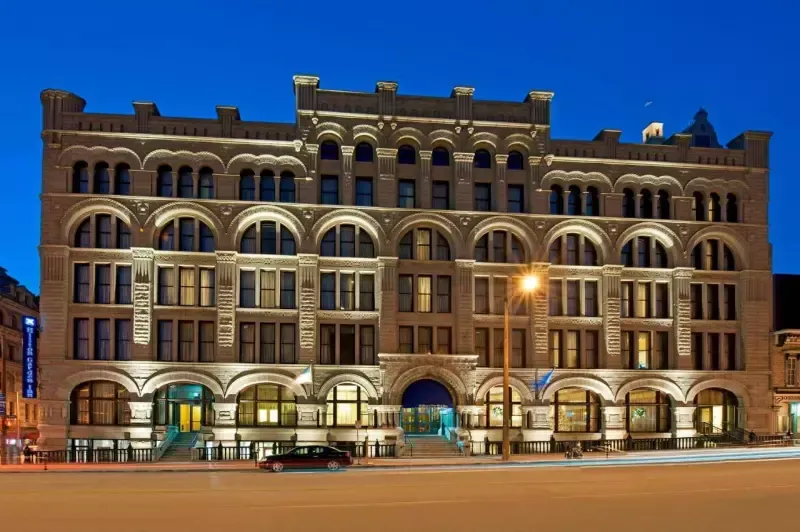
From the ashes of the former Newhall House, a new building was constructed which today houses the Hilton Garden Inn – another hotel. The Hilton Garden Inn is a fine hotel indeed, and popular among its regular patrons, but it’s also said to be one of the most haunted hotels in Milwaukee.
Guests have reported unexplained noises from unknown sources clanking around the building, and doors swinging open and shut when there’s nobody on the other side. One of the property’s restless spirits has also taken to pulling people’s hair when they’re relaxing alone in their rooms. Rooms 201 and 326 appear particularly affected, but guests have reported paranormal activity throughout the hotel over the years.
As the decades pass, memories of everything that made Newhall House special begin to fade, but recollections of the fateful fire that left Newhall a burned-out ruin remain. So, it seems, do the restless spirits of the many guests who lost their lives in the blaze.
Uncover the Haunting Legacy of Newhall House
Ready to step into Milwaukee's dark past and explore the eerie remnants of the historic Newhall House? Join us for a Milwaukee ghost tour like no other, where chilling tales and paranormal encounters await. From tragic fires to restless spirits, the legacy of Newhall lives on at the Hilton Garden Inn. Whether you’re fascinated by history or seeking a spine-tingling adventure, our guided tours through Milwaukee’s most haunted sites offer a thrilling experience for all.
Book your ghost tour today and get ready to encounter the spirits of Newhall House—if you dare! And don’t forget to check our
Milwaukee ghost tour reviews on Google to see what other thrill-seekers are saying.

